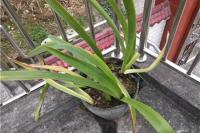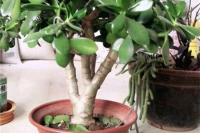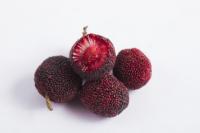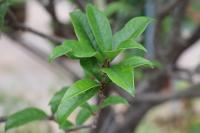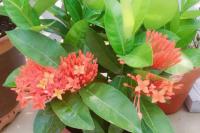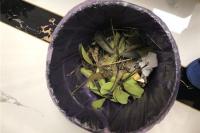1、 What's the matter with wilting leaves
1. Too strong light: hupilan is relatively shade resistant. Generally, the light is not strong when it is raised indoors. If it is accidentally exposed to strong light, it may be difficult to adapt in a short time, which may lead to leaf wilting. After exposure to the sun, move to a cool place and spray water appropriately to promote plant recovery
2. Watering too much: hupilan can endure drought and doesn't like the growth environment of waterlogging. Once watering too much, the roots can't absorb complete water at all, which will lead to ponding, rotten roots and natural wilting of leaves. Control watering at ordinary times. Once watering is too much, it is necessary to promote water discharge and put it in a well ventilated place

3. Infection with diseases and pests: if it is kept indoors, it may be infected with diseases and pests, such as bacterial soft rot, which will also lead to leaf wilting. The disease and insect pests shall be prevented and treated in time once they occur
4. Low temperature frostbite: the indoor temperature is guaranteed, which is unlikely. If there is no heating in the south in winter, the low indoor temperature may cause the leaves to wilt. The temperature needs to be maintained. It's best to keep it above 10 ℃ in winter
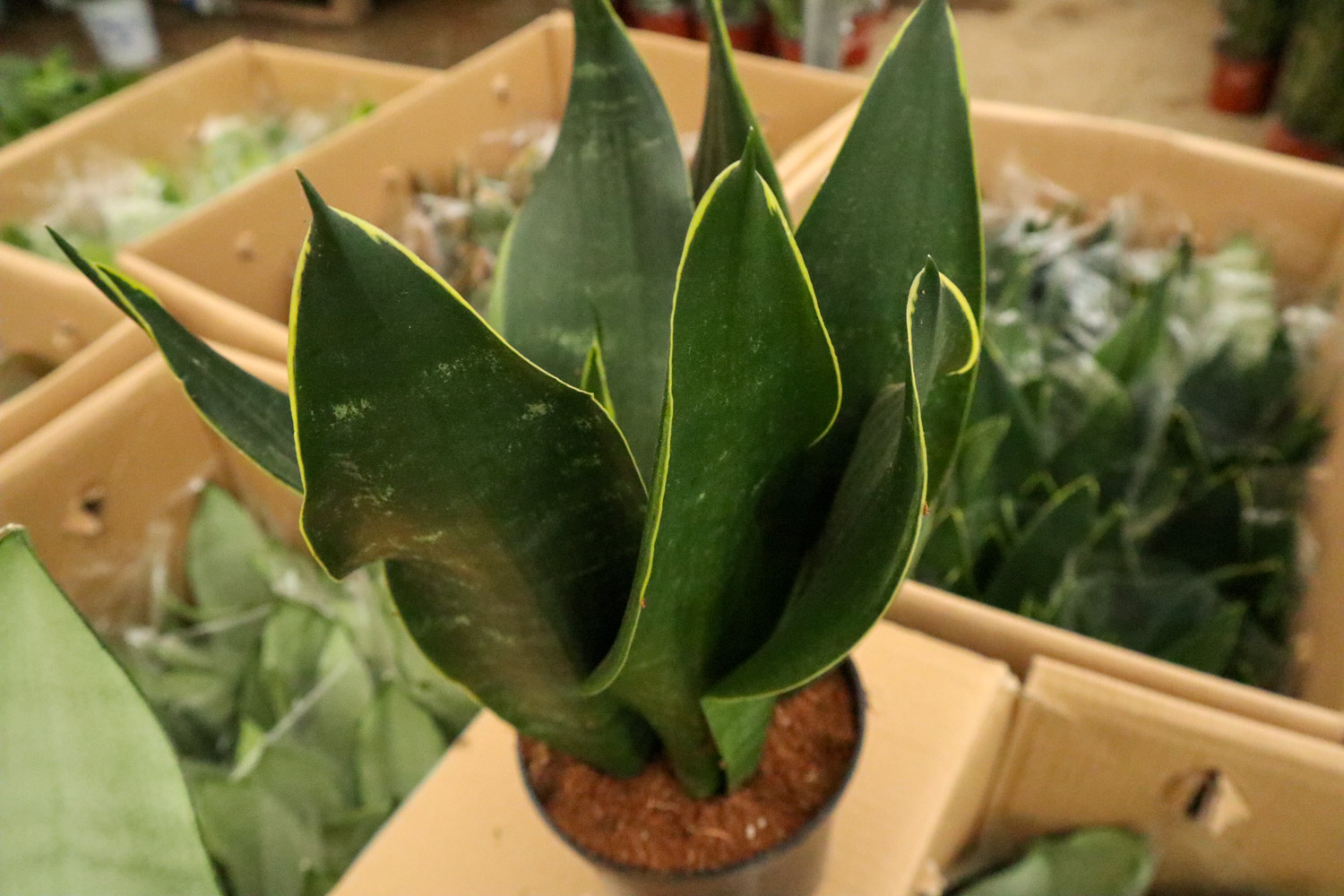
2、 Wilt and live
After the tiger skin orchid wilts, it can still live as long as timely measures are taken according to the reasons
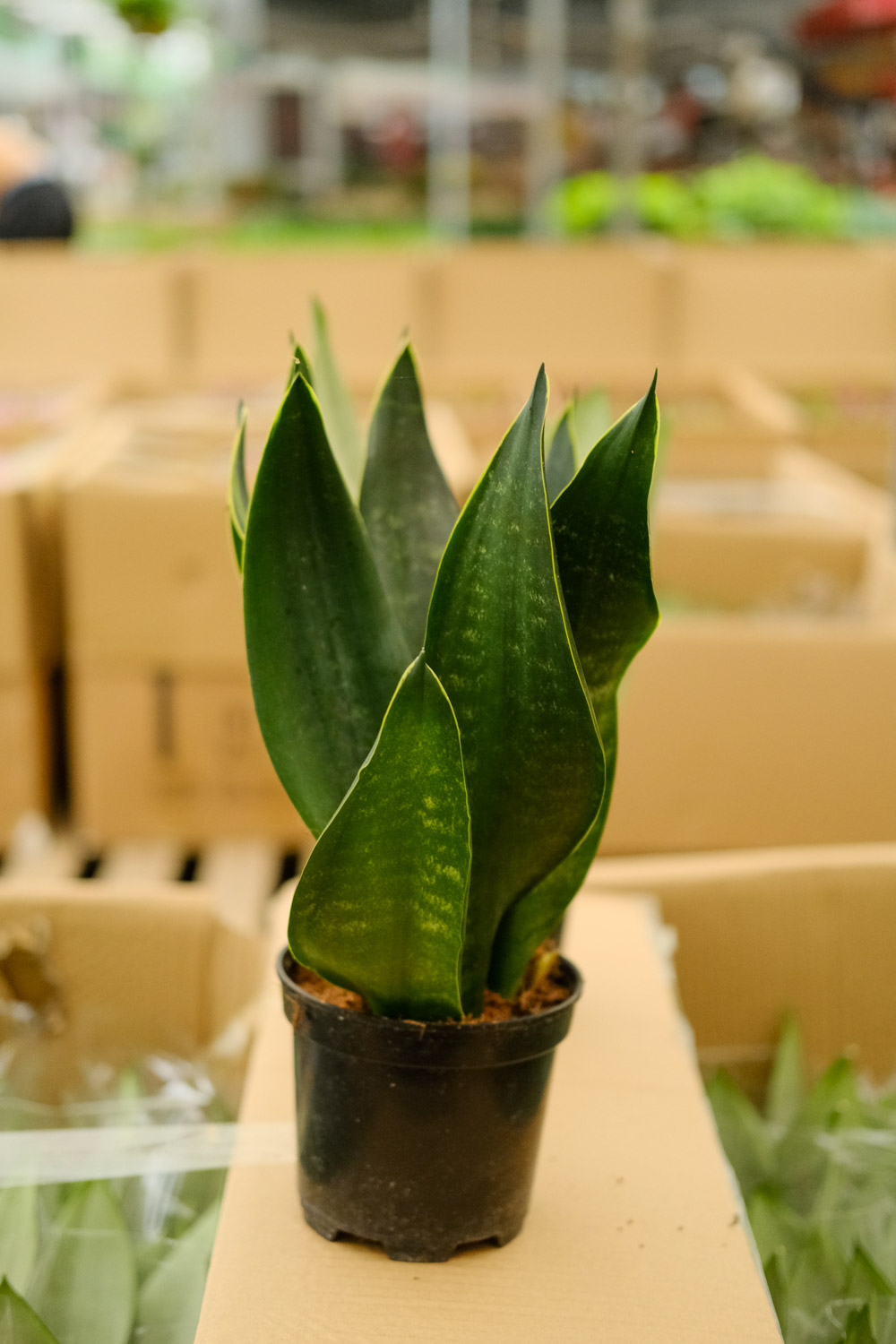

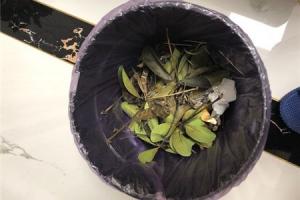 How and why does duc...
How and why does duc... How is Hydrangea lea...
How is Hydrangea lea...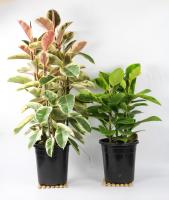 What if the rubber t...
What if the rubber t...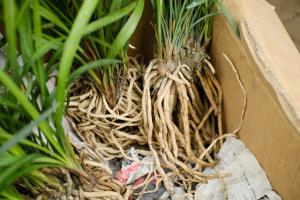 The reason of twist ...
The reason of twist ...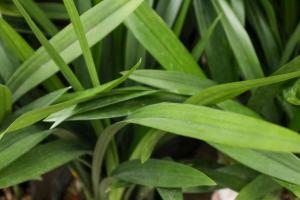 How does the leaf of...
How does the leaf of...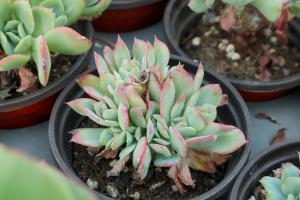 What's the reason fo...
What's the reason fo... What's wrong with th...
What's wrong with th...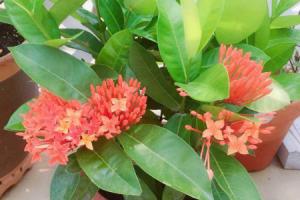 What's the matter wi...
What's the matter wi...

























